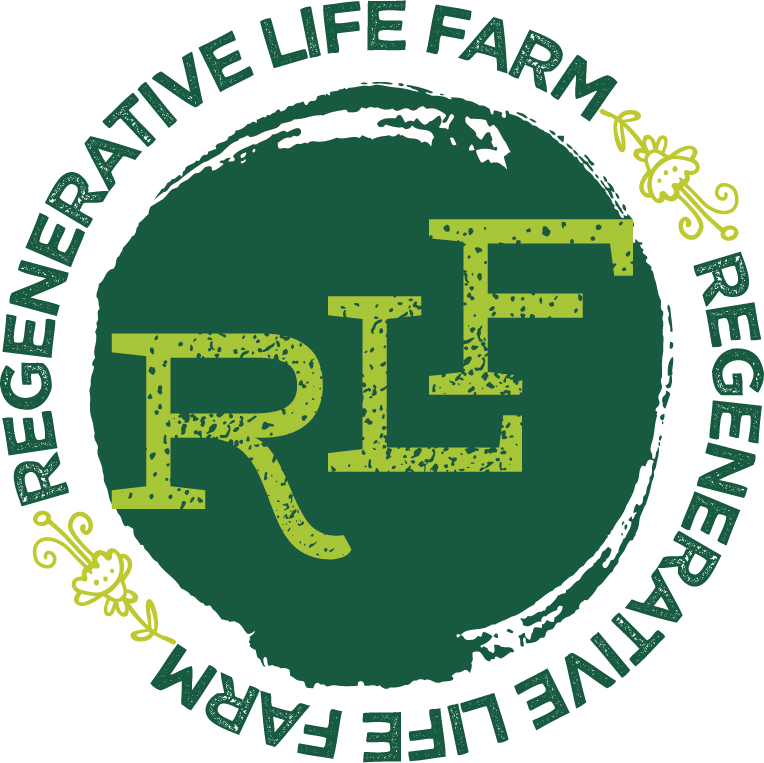Nematodes
This appeared in the December 30, 2021 edition of The Fish Wrap.
Thank you for reading our 100th Fish Wrap Column! We are celebrating with Nematodes, a key organism in the soil food web. These microscopic invertebrates were first identified in 1758. There are 25,000 known species and countless unknown. They are named for their appearance, nematode being the greek word for thread-like. They are found in freshwater and saltwater, in the arctic, and on top of mountains. Thirty-five species have been found on humans, but most live in the top 15 centimeters of the earth’s soil.
They certainly outnumber us, by 57 billion to one. Nematodes are the most abundant animal species on earth - four out of every five animals are nematodes. They also have a biomass of 300 million tons, approximately 80% of the Earth’s human population. The most famous Nematode is C. Elegans which was the first organism to have its entire genome sequenced, forwarding scientific investigation. C. Elegans specimens were found to have survived the Columbia space shuttle disaster.
Nematodes are classified into 5 different groups based on their feeding patterns and corresponding head shapes: Bacterial-feeders, fungal feeders, plant parasites, predators and omnivores. Predators eat protozoa and other nematodes while the omnivores are like us. They adapt to conditions and are able to eat from what is available in their environment. Bacterial-feeders are the most abundant in agricultural soils, but all types contribute to a healthy soil food web.
It’s called a food web rather than a food chain because healthy soil is an interconnected interplay of diverse organisms, all contributing to the whole. Nematodes enhance soil quality by eating disease-causing organisms, providing a food source for beneficial organisms, making nutrients plant-available, and much more. If you destroy one species of nematode, you risk throwing off the balance of life in the soil. Hug a nematode today!
